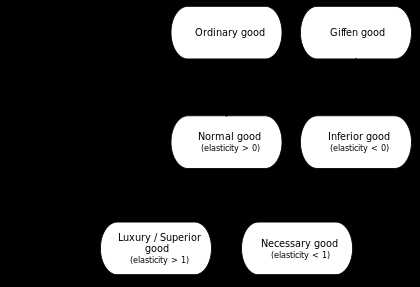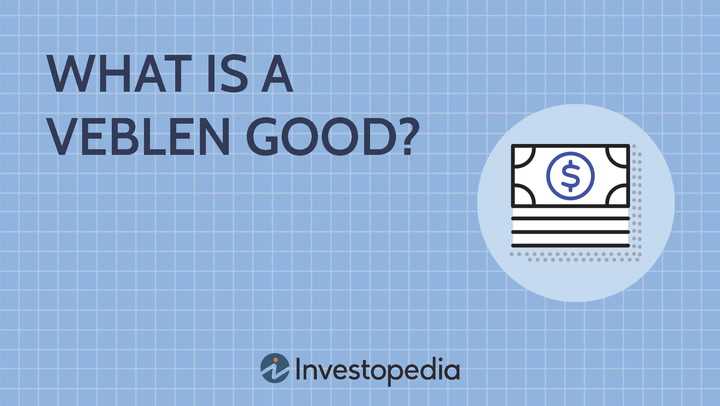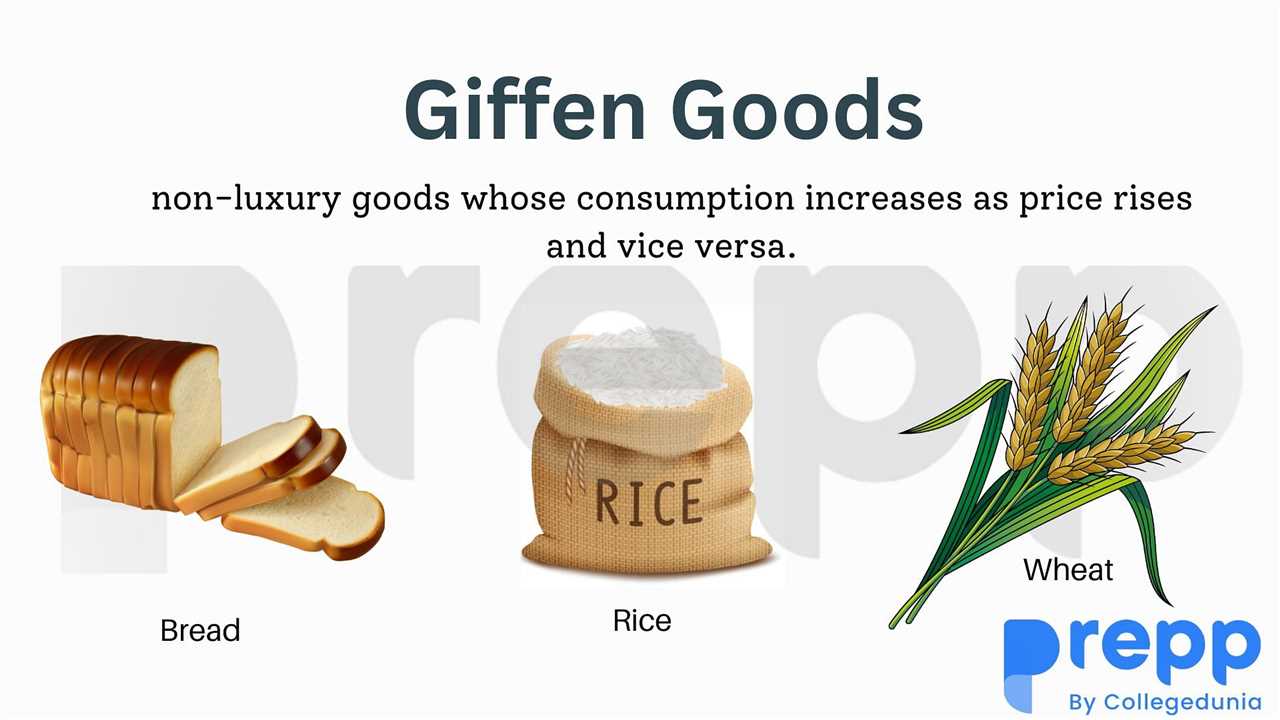Veblen Goods: Definition, Examples, and How They Differ from Giffen Goods

Definition of Veblen Goods
Examples of Veblen Goods
Some examples of Veblen goods include luxury cars, designer clothing and accessories, high-end jewelry, and exclusive real estate. These goods are often marketed as symbols of wealth and social status, and their high prices only serve to enhance their appeal. The demand for Veblen goods is driven by the desire to display one’s affluence and to differentiate oneself from others.
Difference between Veblen Goods and Giffen Goods
What are Veblen Goods?
Characteristics of Veblen Goods
There are several key characteristics that distinguish Veblen goods from other types of goods:
- Conspicuous consumption: Veblen goods are often associated with conspicuous consumption, which is the act of purchasing luxury goods to display one’s wealth and social status. Consumers buy Veblen goods not only for their inherent value, but also to signal their high social standing to others.
- Exclusivity: Veblen goods are typically characterized by their limited availability and high price tags. They are often produced in limited quantities or are only accessible to a select group of consumers, further enhancing their exclusivity and desirability.
Overall, Veblen goods challenge the conventional economic theory by demonstrating that demand can actually increase as prices rise. Their unique characteristics make them an intriguing subject of study in the field of microeconomics.
Examples of Veblen Goods
Here are some examples of Veblen goods:
1. Luxury Cars: High-end luxury cars, such as Rolls-Royce or Lamborghini, are classic examples of Veblen goods. The high price tag associated with these cars only adds to their desirability, as it signals wealth and success.
4. Exclusive Real Estate: Luxury properties in prestigious locations, such as penthouses in Manhattan or beachfront villas in Malibu, are considered Veblen goods. The high price and limited availability of these properties make them highly desirable among the wealthy elite.
Difference between Veblen Goods and Giffen Goods

Veblen goods and Giffen goods are both types of goods that defy the traditional laws of supply and demand. However, there are key differences between the two that set them apart.
1. Definition

2. Price Effect
3. Income Effect
Veblen goods have a positive income effect. As individuals’ income increases, they are more likely to purchase Veblen goods to display their wealth and social status. This is because Veblen goods are often seen as status symbols, and individuals with higher incomes are more likely to be able to afford them.
4. Elasticity of Demand
The demand for Veblen goods is relatively inelastic. This means that changes in price have a minimal impact on the quantity demanded. As individuals purchase Veblen goods for their status and exclusivity, they are less sensitive to price changes and are willing to pay a premium for these goods.
The demand for Giffen goods, on the other hand, is relatively elastic. This means that changes in price have a significant impact on the quantity demanded. As Giffen goods are typically staple goods, individuals are more sensitive to price changes and will decrease their consumption if the price increases.

Emily Bibb simplifies finance through bestselling books and articles, bridging complex concepts for everyday understanding. Engaging audiences via social media, she shares insights for financial success. Active in seminars and philanthropy, Bibb aims to create a more financially informed society, driven by her passion for empowering others.
